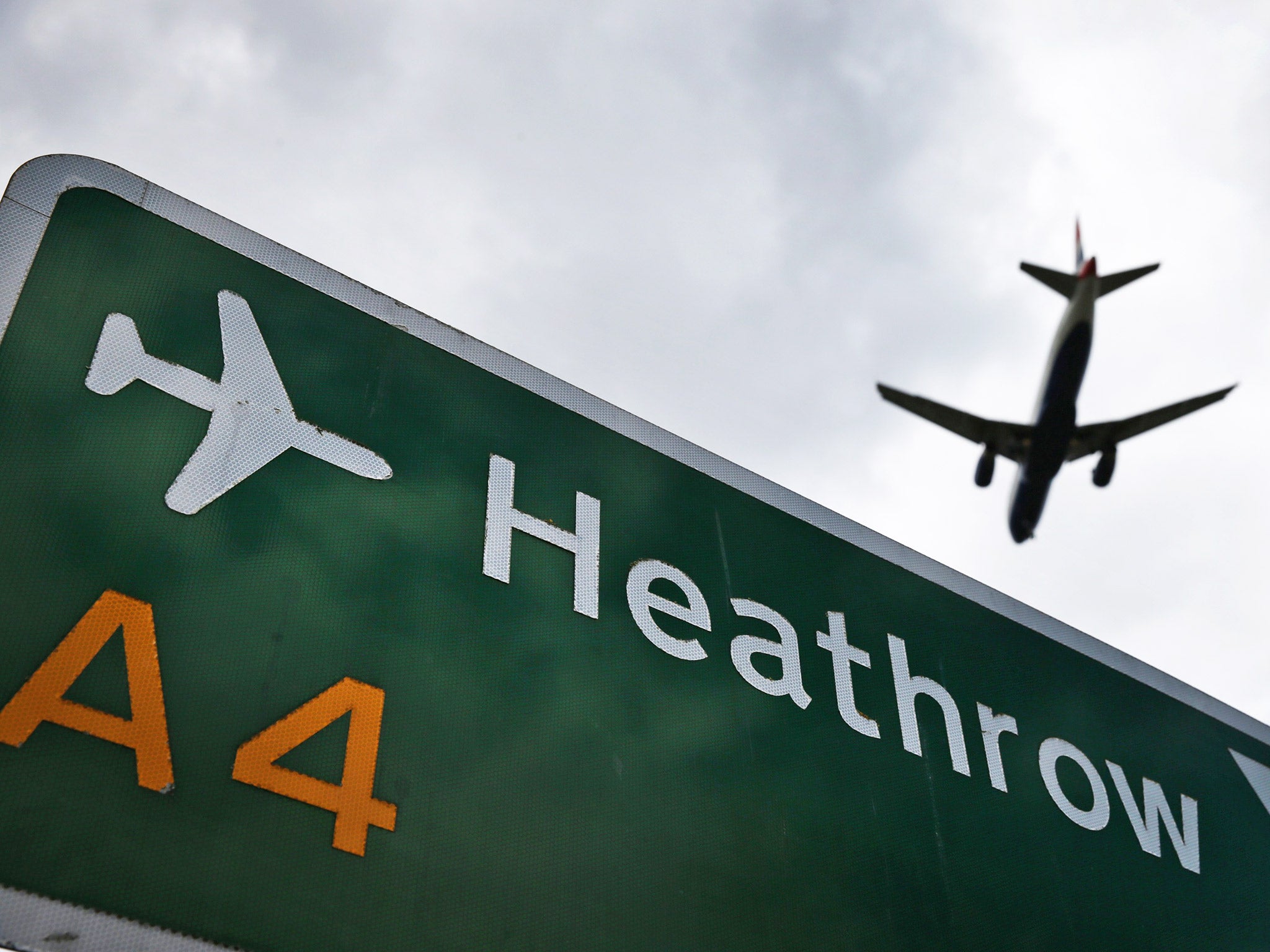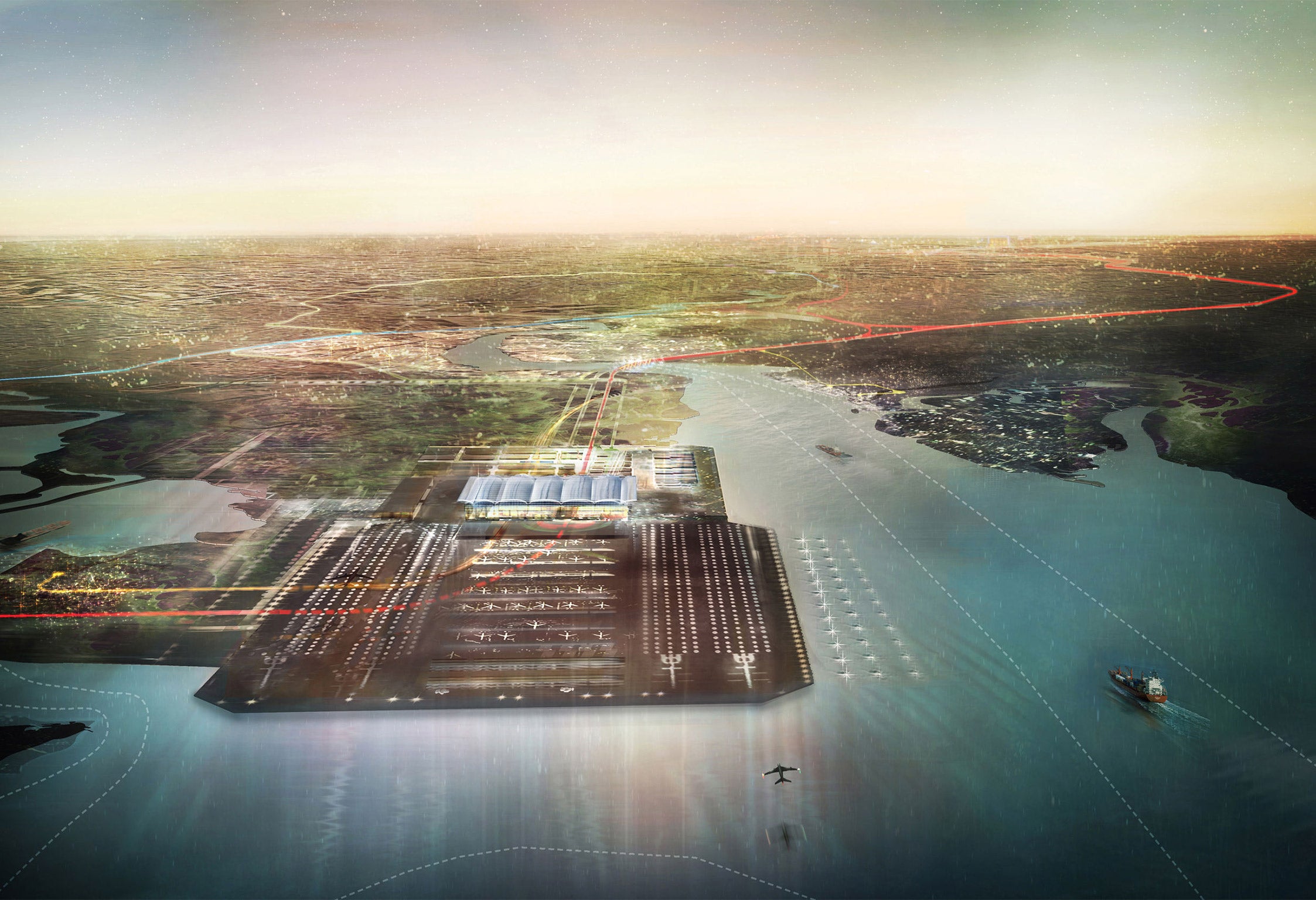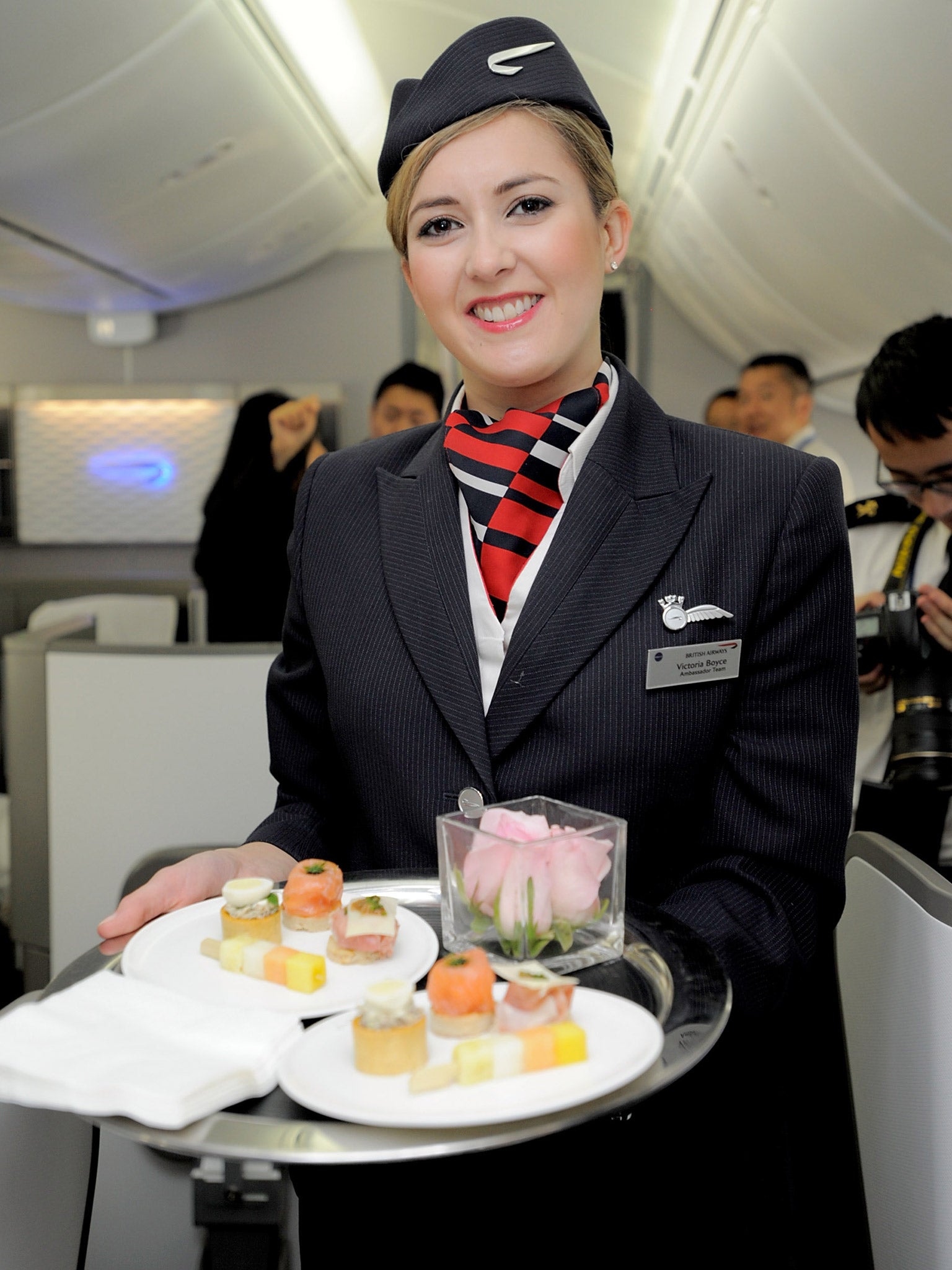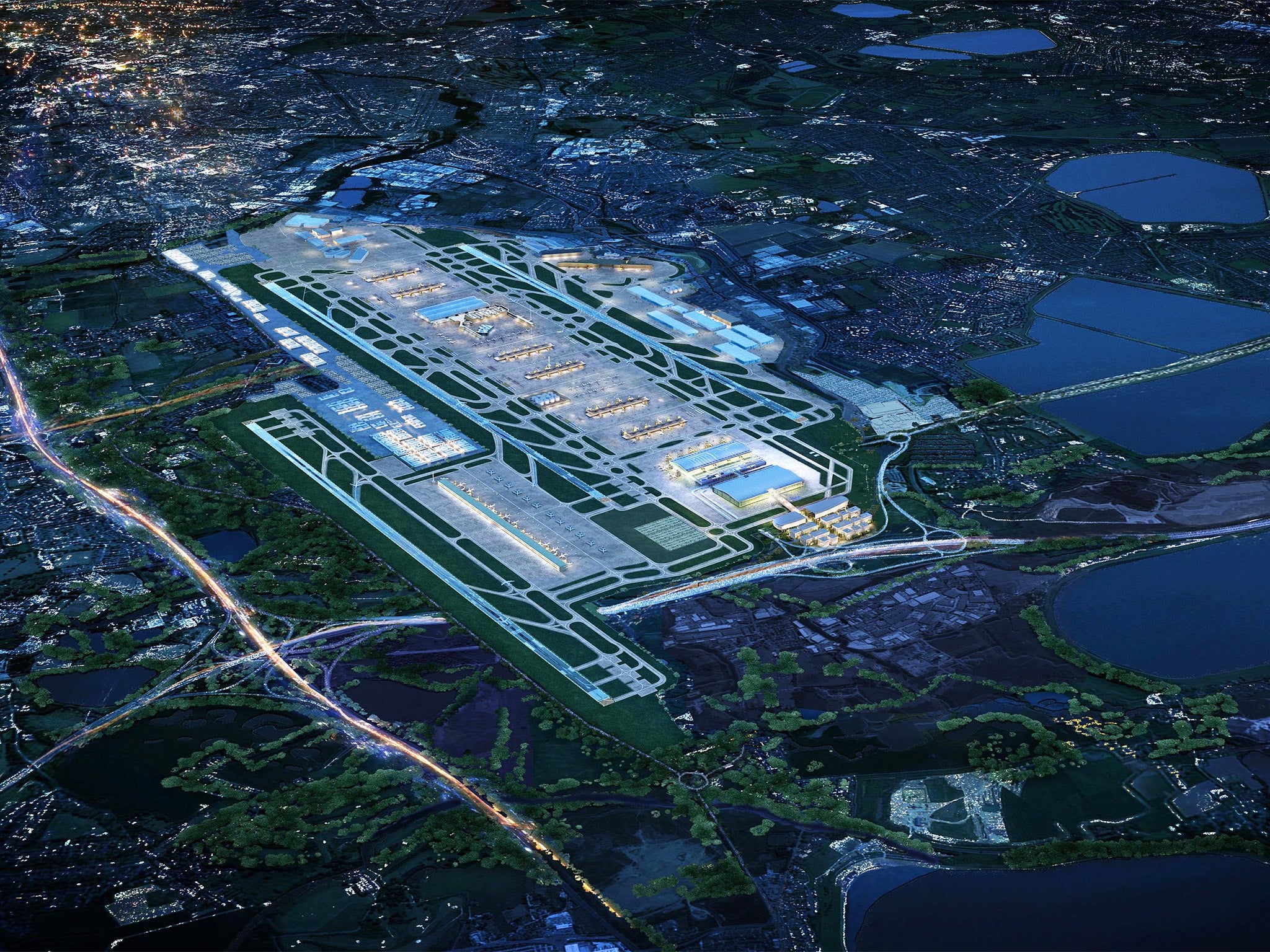Heathrow Airport expansion: Nine things you need to know
Simon Calder brings the essential questions and answers on the airport expansion plans

Your support helps us to tell the story
From reproductive rights to climate change to Big Tech, The Independent is on the ground when the story is developing. Whether it's investigating the financials of Elon Musk's pro-Trump PAC or producing our latest documentary, 'The A Word', which shines a light on the American women fighting for reproductive rights, we know how important it is to parse out the facts from the messaging.
At such a critical moment in US history, we need reporters on the ground. Your donation allows us to keep sending journalists to speak to both sides of the story.
The Independent is trusted by Americans across the entire political spectrum. And unlike many other quality news outlets, we choose not to lock Americans out of our reporting and analysis with paywalls. We believe quality journalism should be available to everyone, paid for by those who can afford it.
Your support makes all the difference.Q A result at last; when do the bulldozers move in?
If Heathrow gets the go-ahead, the £17.6bn runway could be operating by 2026. But the Airports Commission was not asked to (i) decide (/i) where the next runway should be. Its task was to (i) recommend (/i) how best to “maintain the UK’s position as Europe’s most important aviation hub”.
Sir Howard’s final report, concluding a third runway at Heathrow is the answer, is not legally binding. The Prime Minister says only that a decision will be made by the end of this year.
Q What hazards lie along the flight path?
Initially, an internal Conservative Party squabble. Global aviation matters tend to be decided by local politics. There is formidable opposition to expansion from key Tory figures, including three with constituencies close to Heathrow: the London Mayor, Boris Johnson; the environmentalist Zac Goldsmith; and International Development Secretary Justine Greening.
Even David Cameron vowed, in 2009, that there would be no new runway - “no ifs, no buts”. Sir Howard provides the Prime Minister with a get-out, saying the new Heathrow solution is “a fundamentally different proposition from previous proposals”.
If the Government opts for Heathrow, expect legal challenges to the methodology of the Davies Commission, chiefly on environmental grounds: noise and air quality are key issues. Friends of the Earth says expansion at Heathrow would worsen local air pollution levels that already breach legal limits.
Some householders whose properties are among the 800 to be demolished may challenge the plans, though affected residents are set to receive 125 per cent of fair-market value.
Should the runway be given the go-ahead, proponents of civil disobedience include Boris Johnson - who has talked about acting as a “bulldozer blocker”.
Q Is Boris ever going to shut up about his Thames Estuary airport - and when will Gatwick pipe down? It only got the bronze medal?
The Mayor maintains a third runway is undeliverable: “Having circled around and around, we will eventually come into land at the estuary.”

Sir Howard had a swift put-down for Mr Johnson’s plan to build a new estuary airport and close Heathrow. “We’ve had the advantage of talking to real people as well as the Mayor,” he said.
Gatwick’s chief executive, Stewart Wingate, believes his team has run a good campaign and remains convinced that the much lower political and environmental obstacles make the Sussex airport a plausible compromise solution.
Q If a new runway ever gets built at Heathrow, how will the travel experience change?
Dramatically. Passengers who drive to the airport will pay a £20 congestion charge, aimed at diverting people to public transport - which should be vastly improved with the Crossrail link from the City and East End, and the planned Western Rail Link to Reading. There will also be a connection to HS2 at Old Oak Common, if the high-speed railway ever gets built.

Early morning arrivals will end, with British Airways, Cathay Pacific and Virgin Atlantic having to delay their departures from Hong Kong until after midnight in order to touch down no earlier than 6am; at present several jets from the Far East arrive before 5am each day.
The real revolution, though, will be in the number of routes and the complexion of airlines - in particular, a dazzle of orange when easyJet moves in to Terminal 4. The budget airline has already laid out plans to base 30 aircraft at the airport to take on BA and its European legacy rivals such as Air France, Alitalia and Lufthansa. It has also promised to restore links within the British Isles - to Inverness, the Isle of Man and Jersey - whose slots were assigned to more profitable long-haul services.
Sir Howard predicts there will also be up to a dozen new long-haul routes to important fast-growing cities in Asia and elsewhere.
Q What happens to fares?
They are likely to fall substantially as a result of additional competition, vastly outweighing the 50p noise levy that every passenger will pay towards local mitigation projects. The airport owner asserts that “the average return ticket price could be £300 less with an unconstrained Heathrow than with a two-runway Heathrow.”
Q Who pays for a new runway?
Not the taxpayer, except for £1bn or so for those elements of surface infrastructure that benefit the wider travelling public, rather than just airport users. Current passengers will face increased charges to pay for future infrastructure; Heathrow says fees could rise by about £4 per passenger.

Q Where does it leave British Airways, the dominant airline at Heathrow?
Privately seething. BA’s parent, IAG, has built up a portfolio of 53 per cent of slots at Heathrow, and would acquire more with a takeover of Aer Lingus. Its passengers would pay the most towards the cost of the new runway.
Once the expansion is complete, IAG’s proportion of slots would shrink - with easyJet and many other airlines, possibly including Ryanair, taking advantage of new infrastructure for which others have paid.
The IAG chief executive, Willie Walsh, said: “Sir Howard believes naively that the costs associated with the scheme would be borne by airlines.
“We believe it would be outrageous to burden passengers with the cost of such expensive infrastructure."
Q If the new runway is built, will other London airports close?
No. Because South-east England is such a rich and populous area, it can support a six-airport system. Stansted, Luton, London City and Southend help London maintain a clear lead as world capital of aviation, and will be expected to handle much of the predicted increase in traffic over the next decade.
Q And if a new runway doesn’t get built?
“The entire London [airport] system will be full by 2040,” according to Sir Howard, whose Commission cost £20m. He estimates the shortage of capacity could put an extra £20 on the average fare. And the better-provisioned airports in Amsterdam, Frankfurt, Paris and the Gulf will benefit from diverted demand.
Join our commenting forum
Join thought-provoking conversations, follow other Independent readers and see their replies
Comments